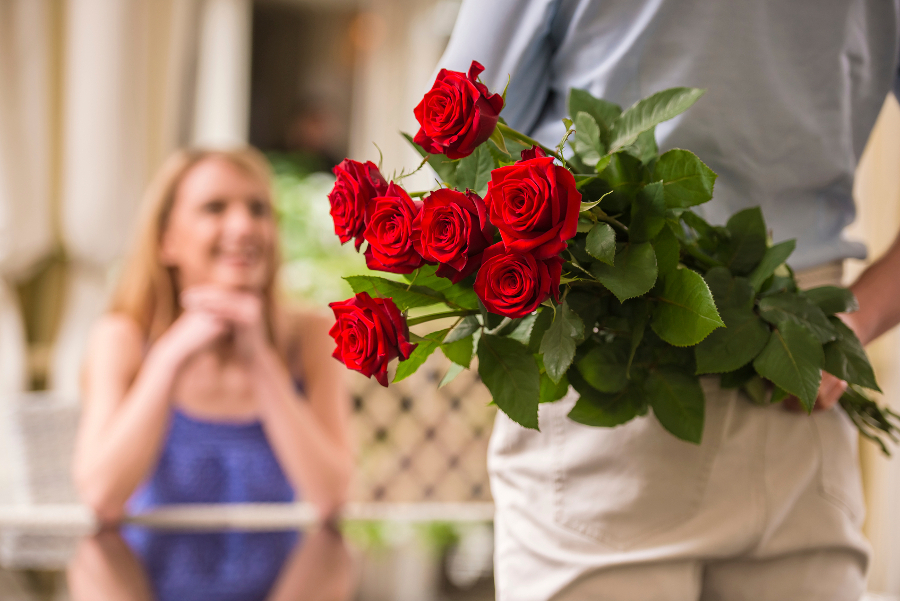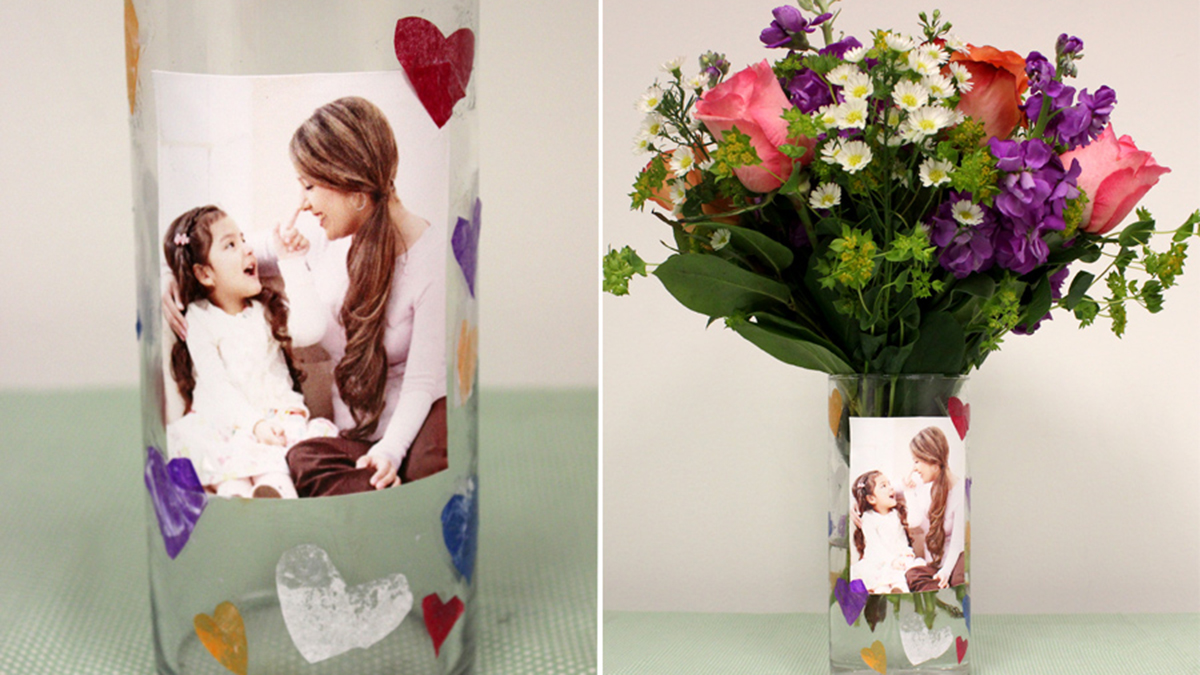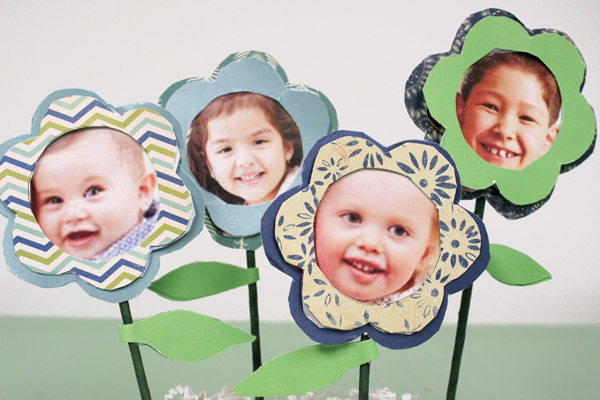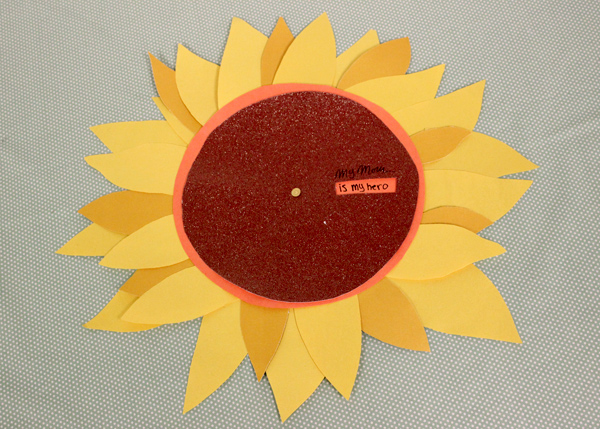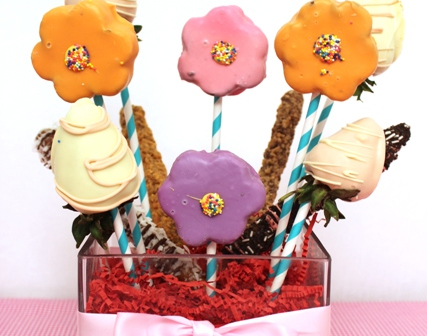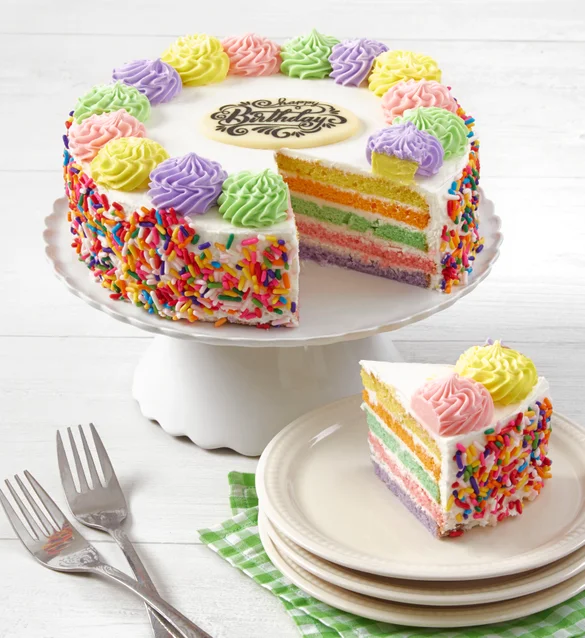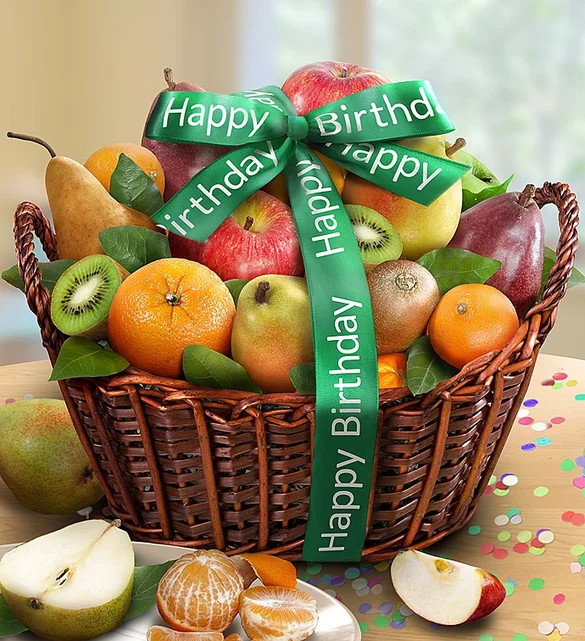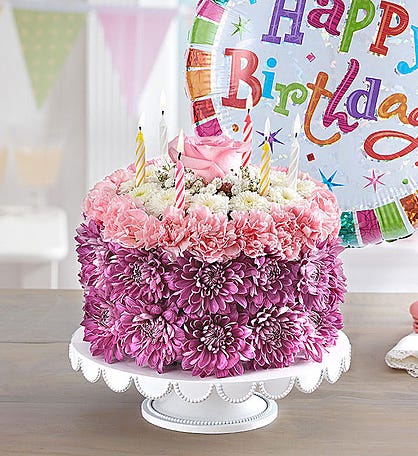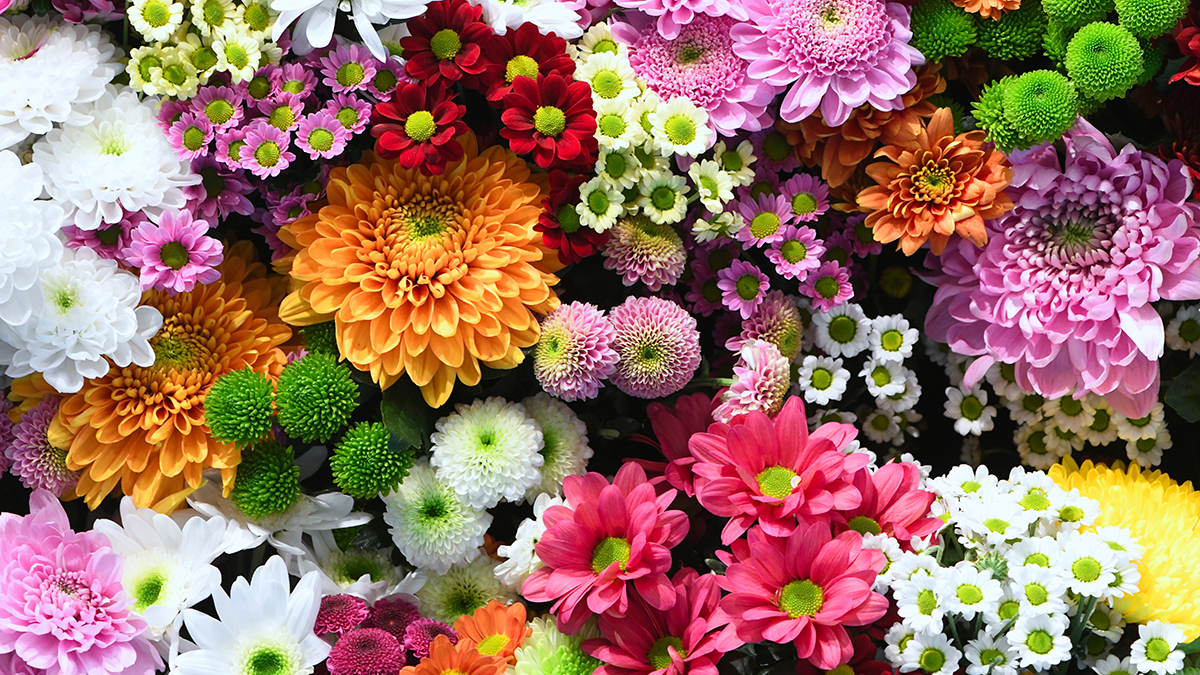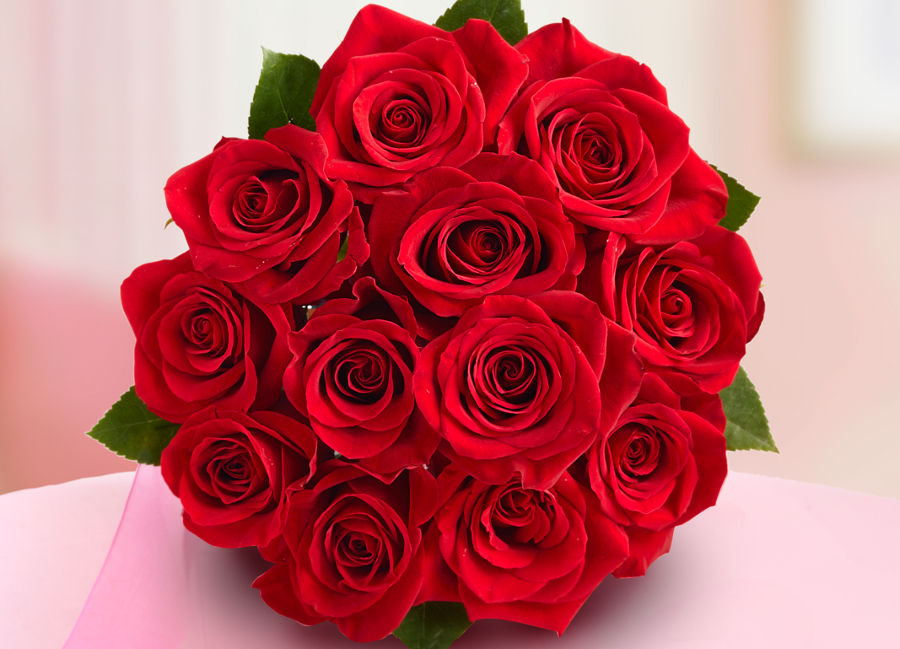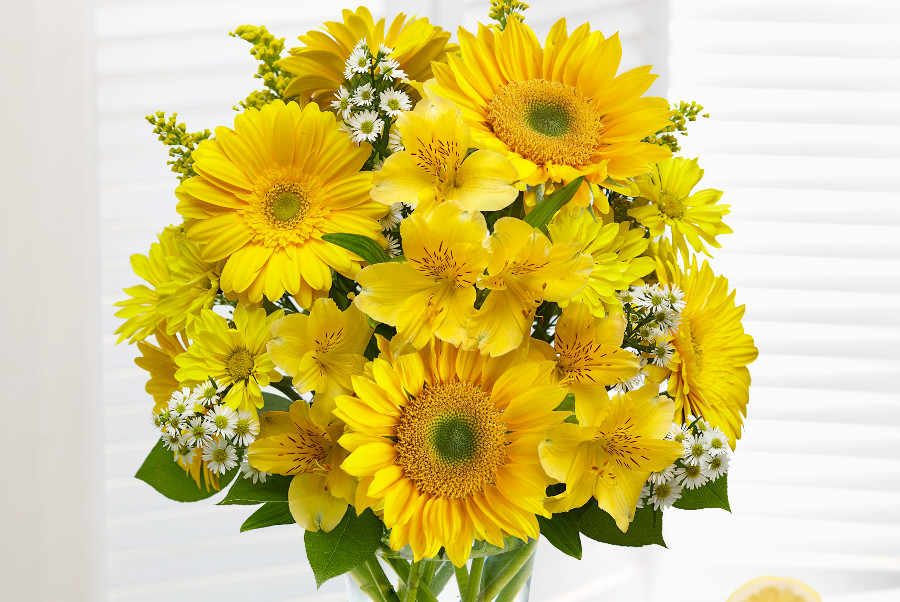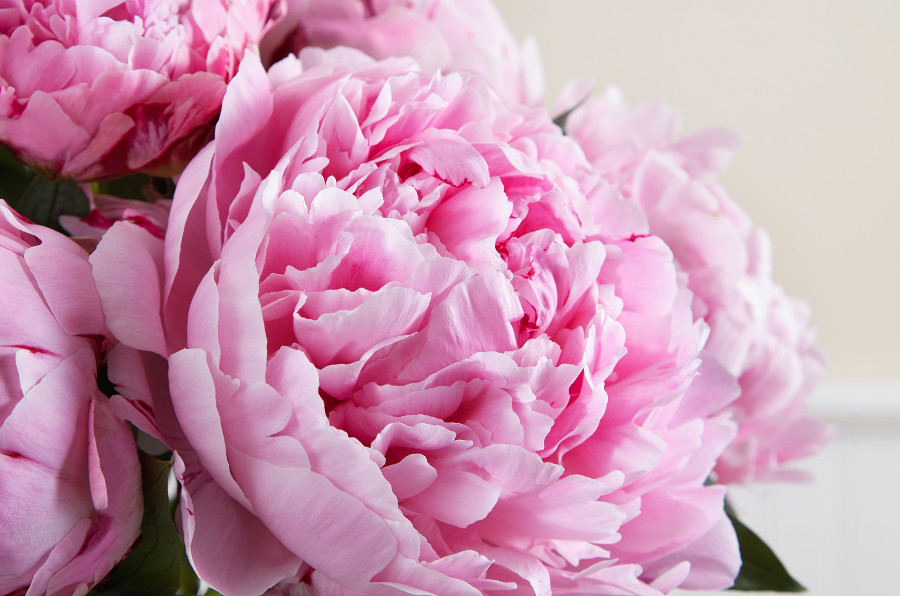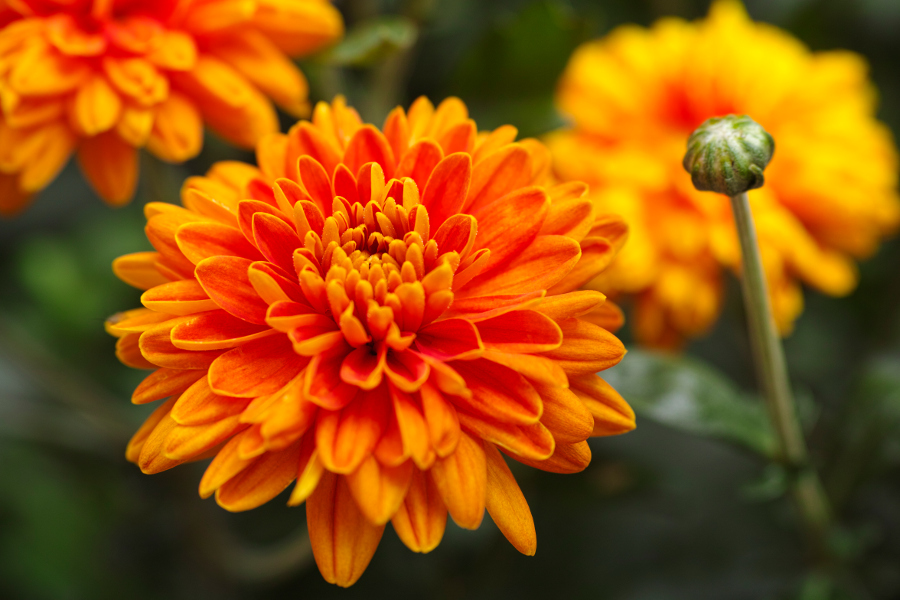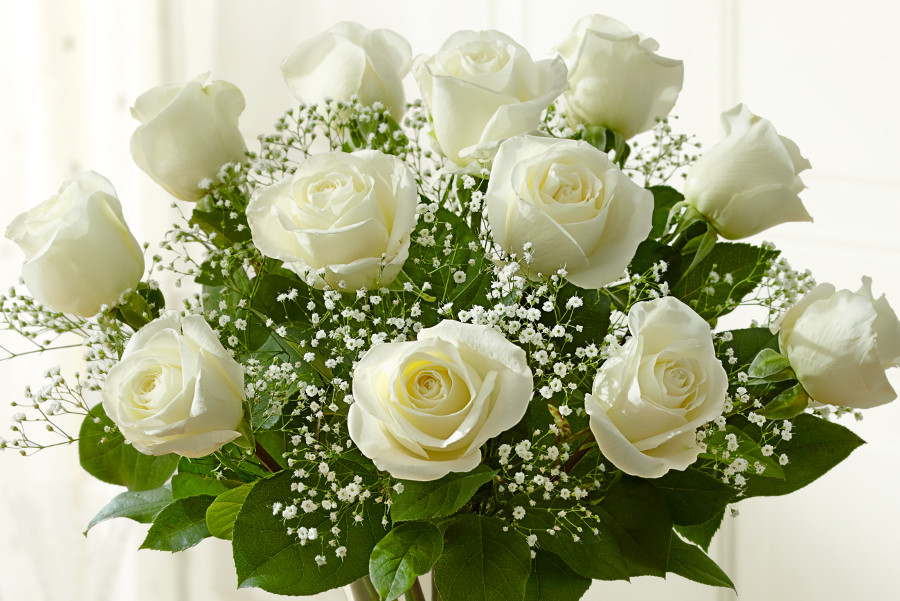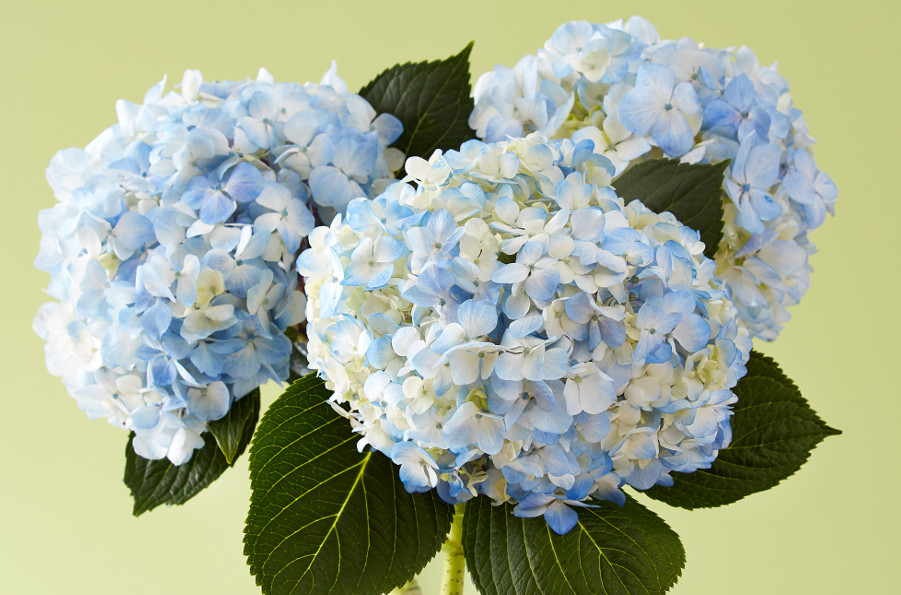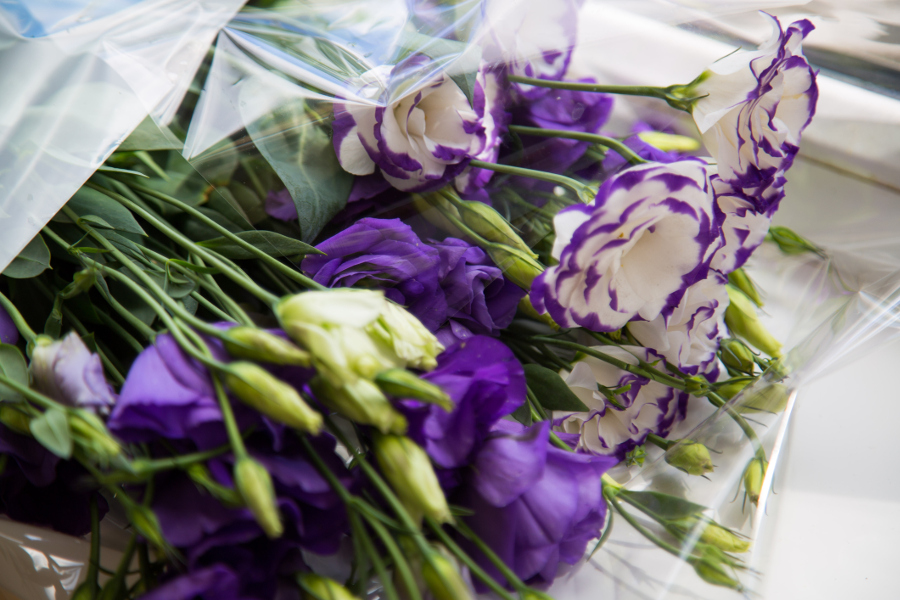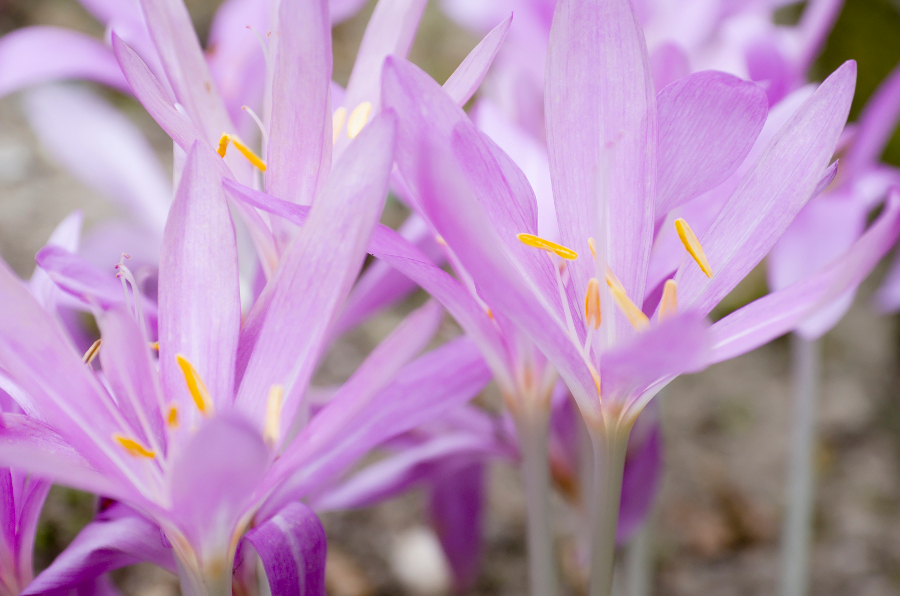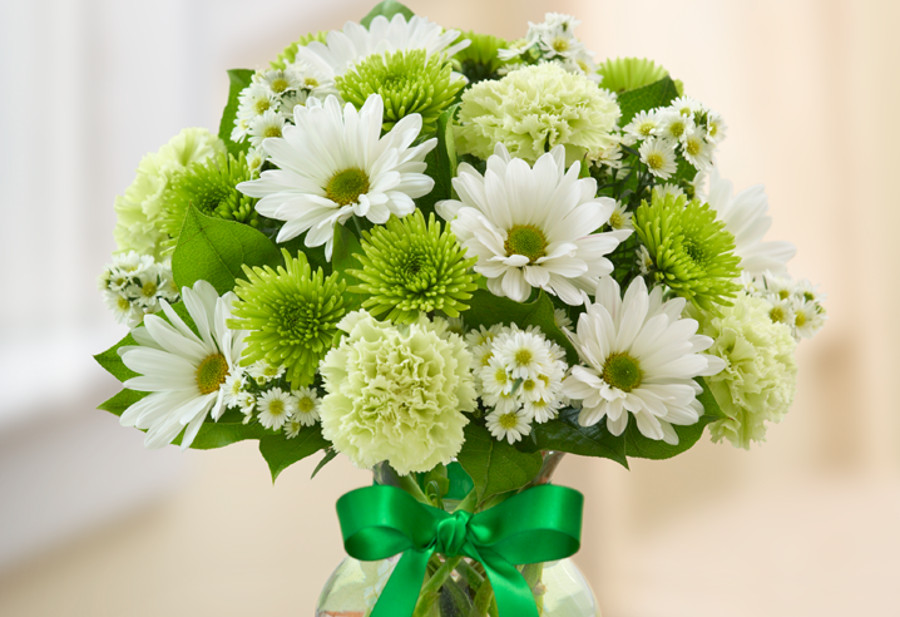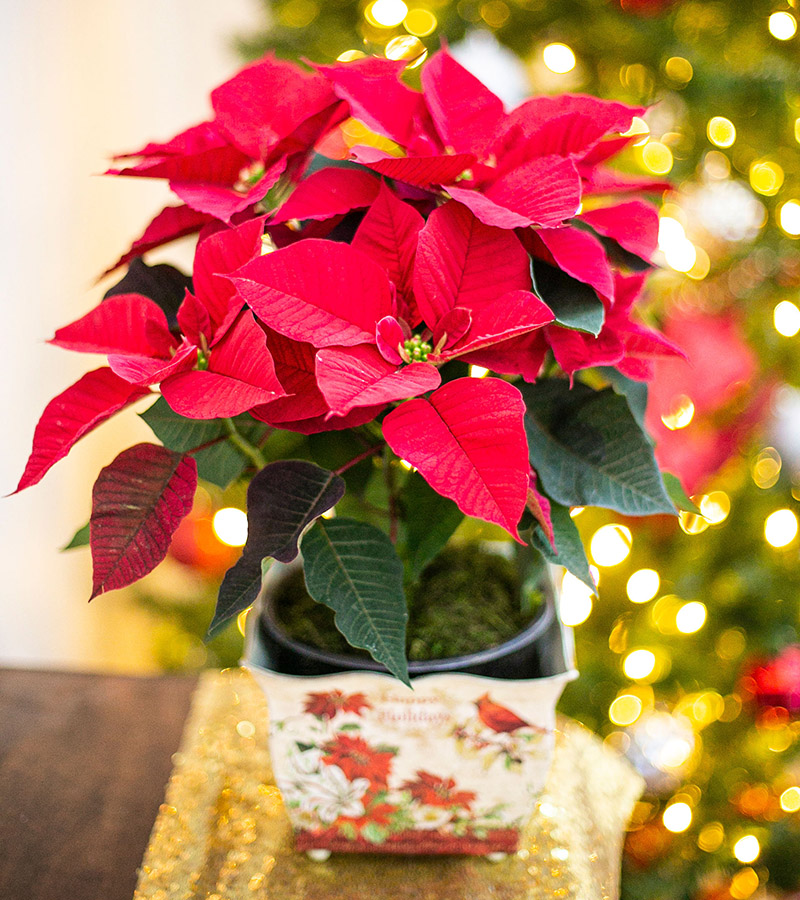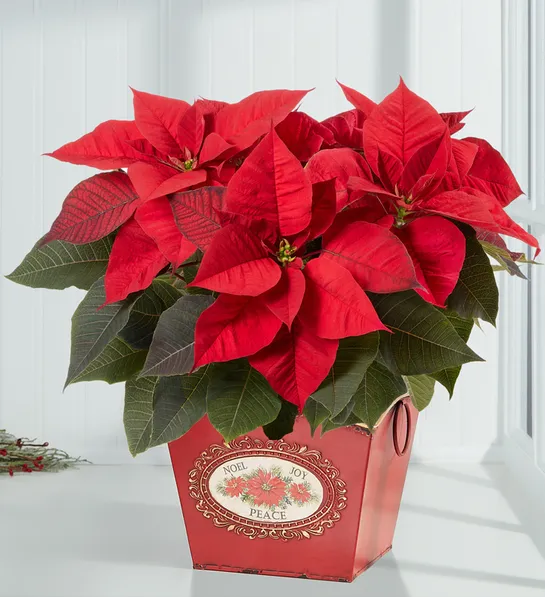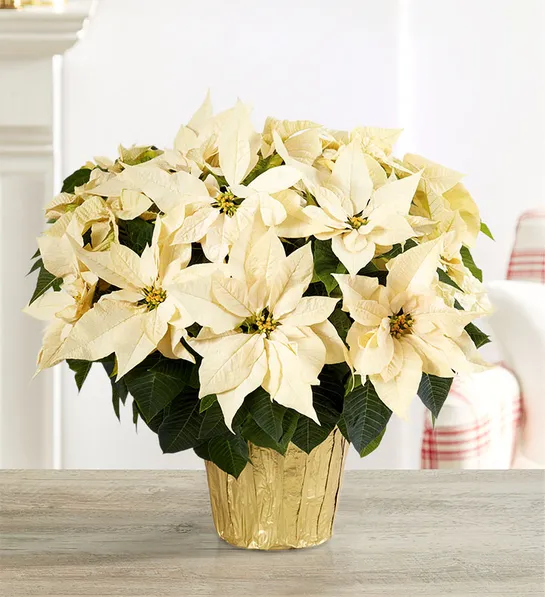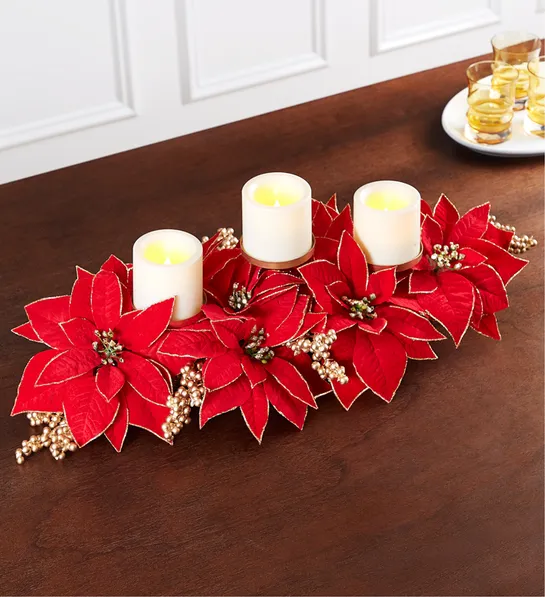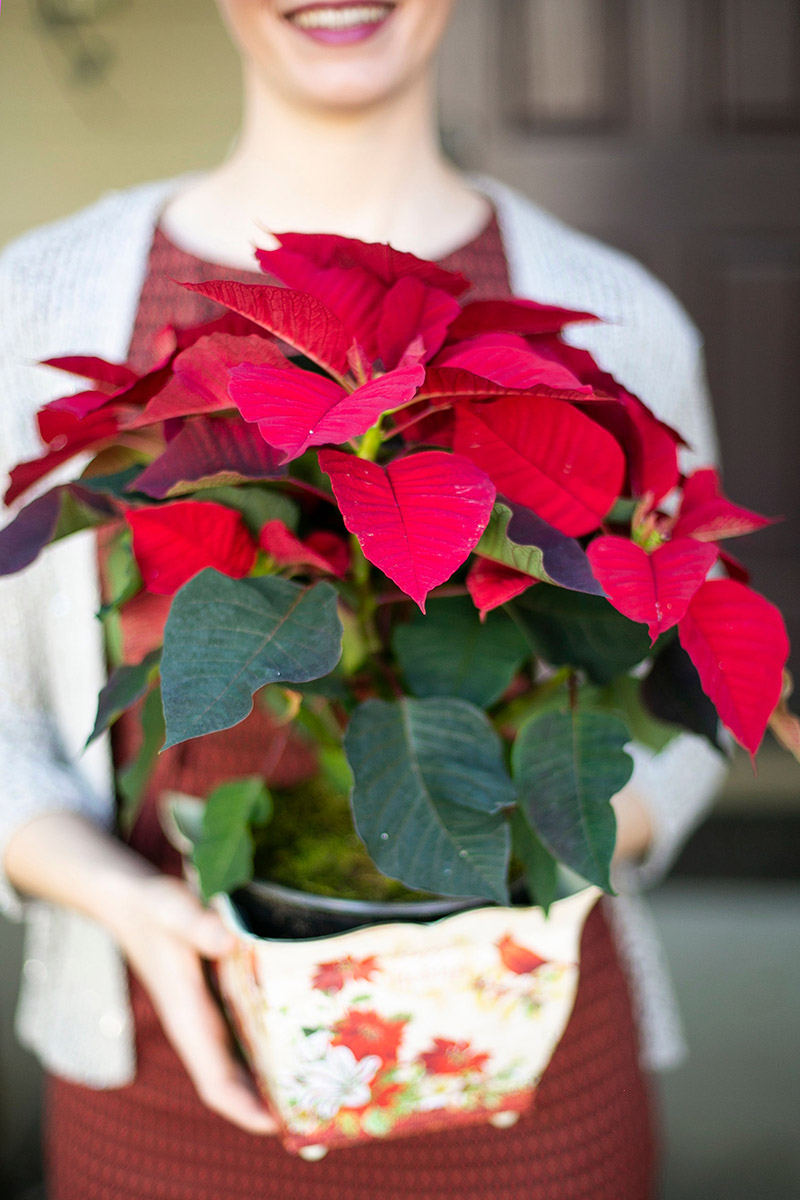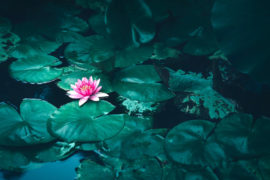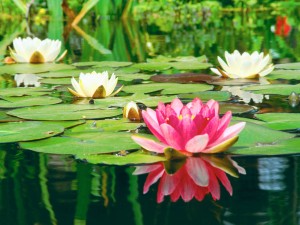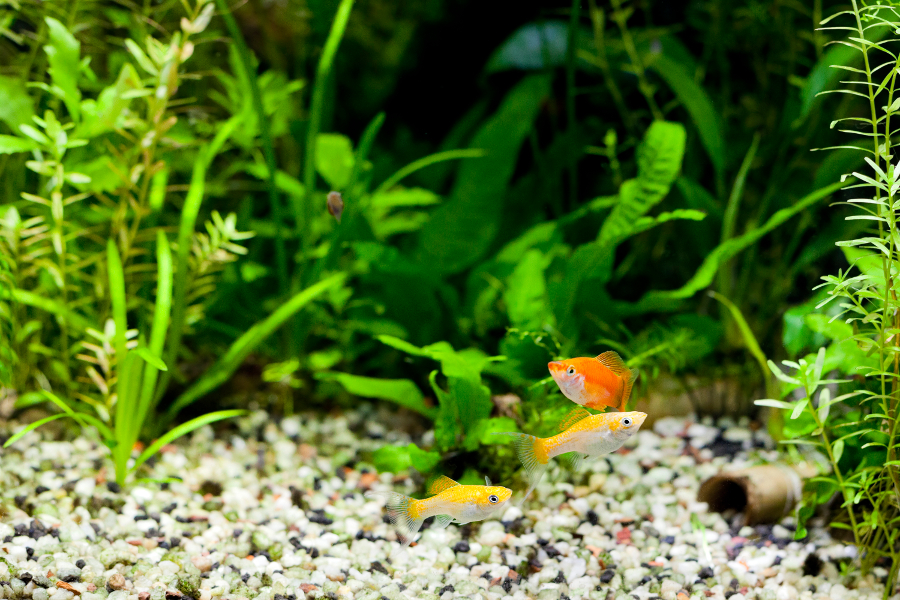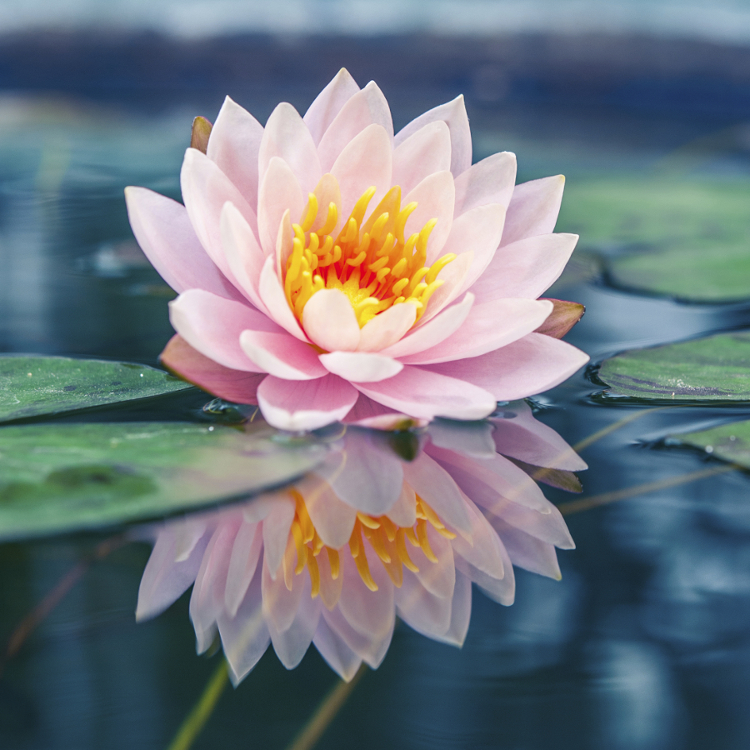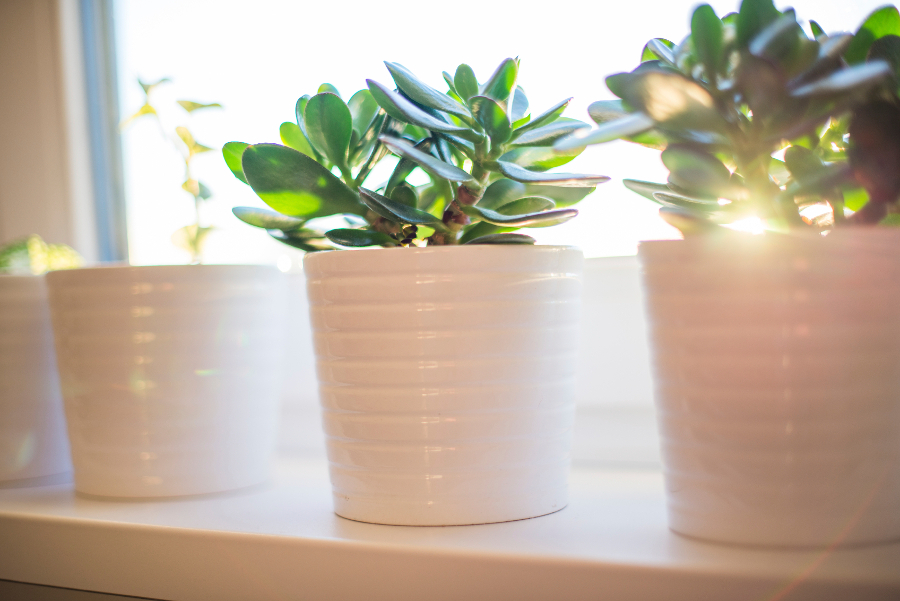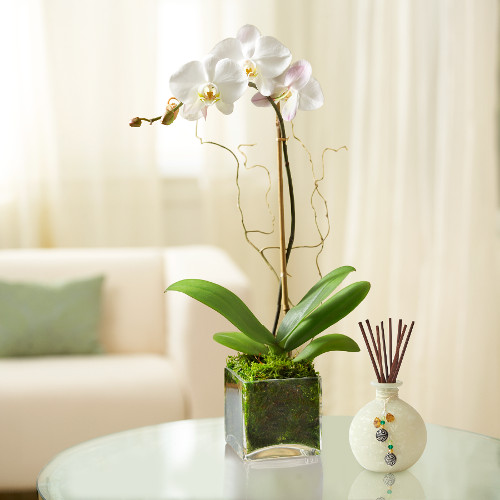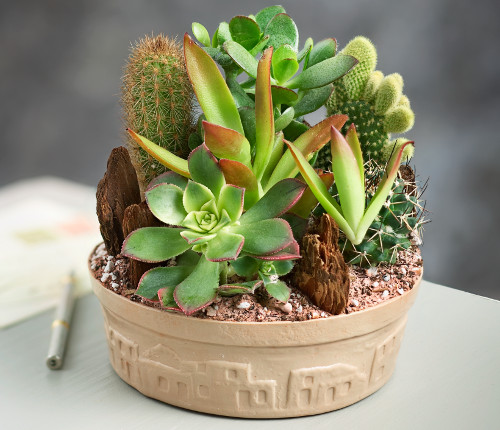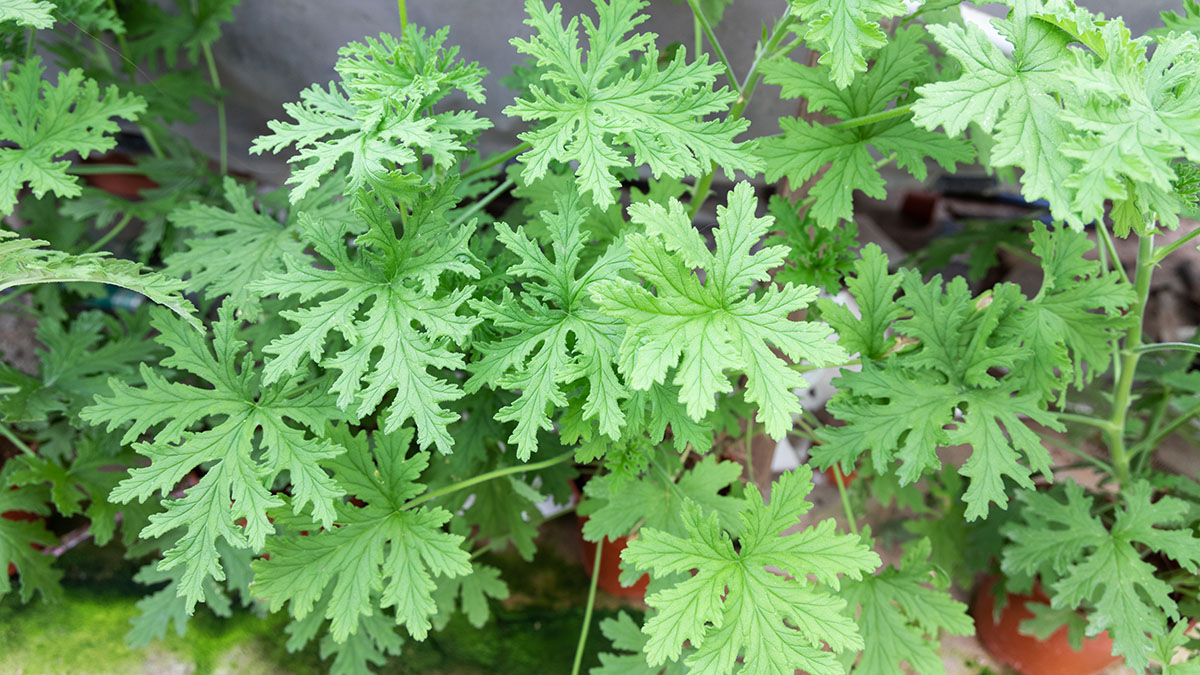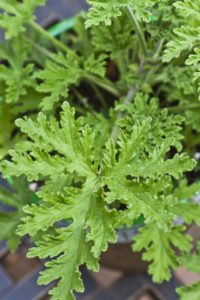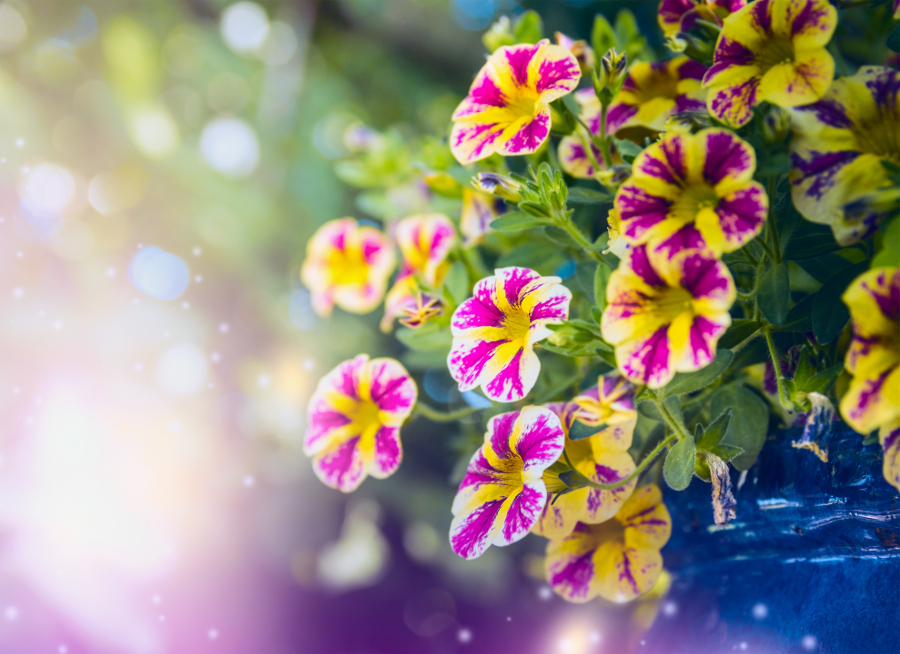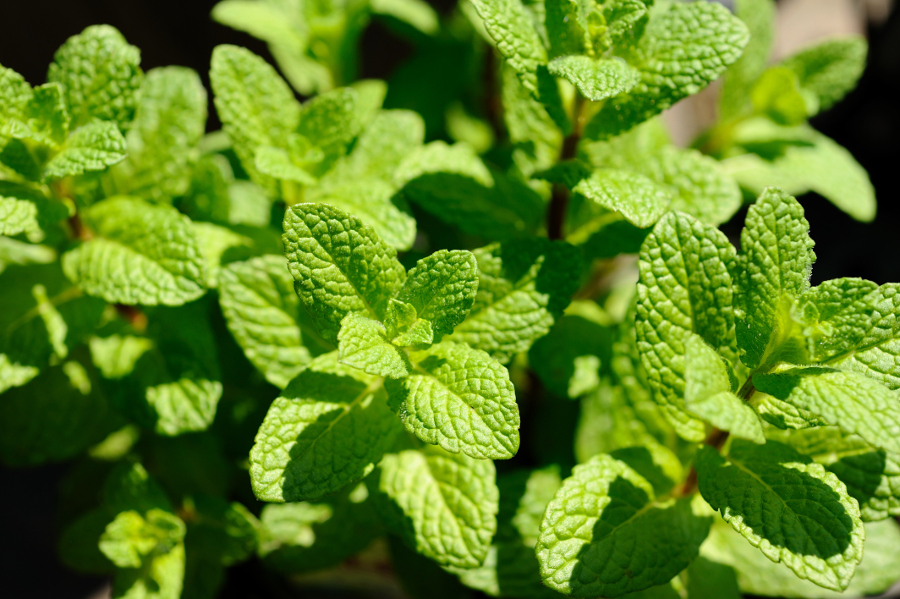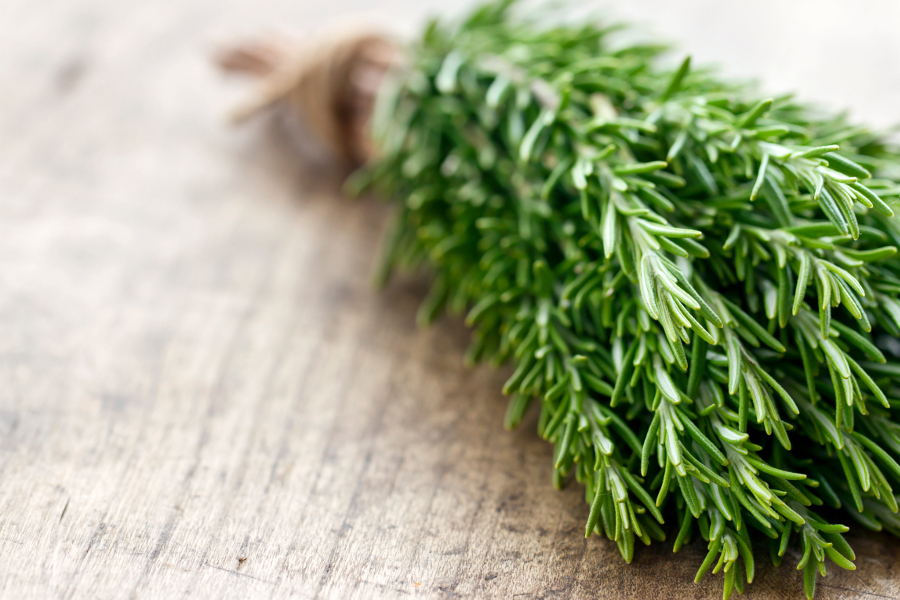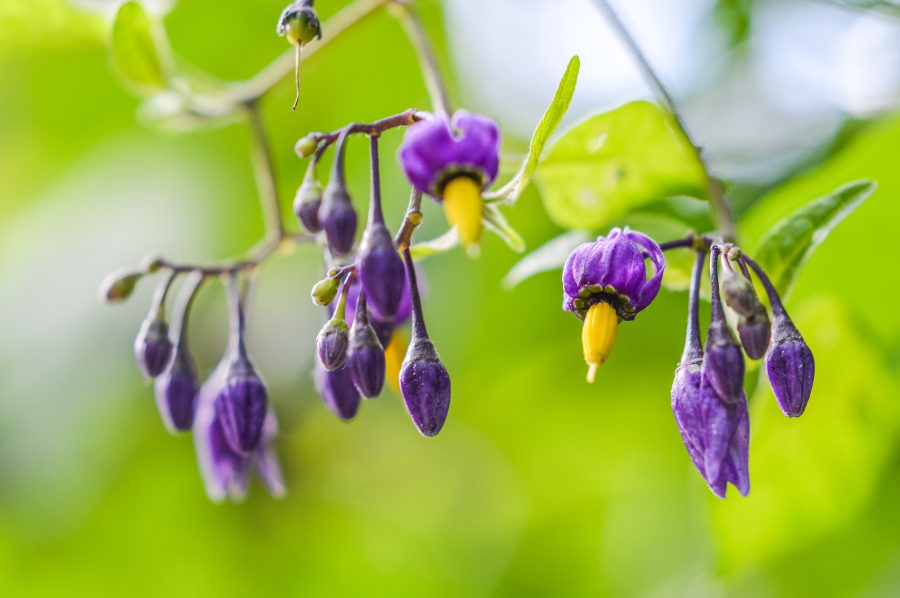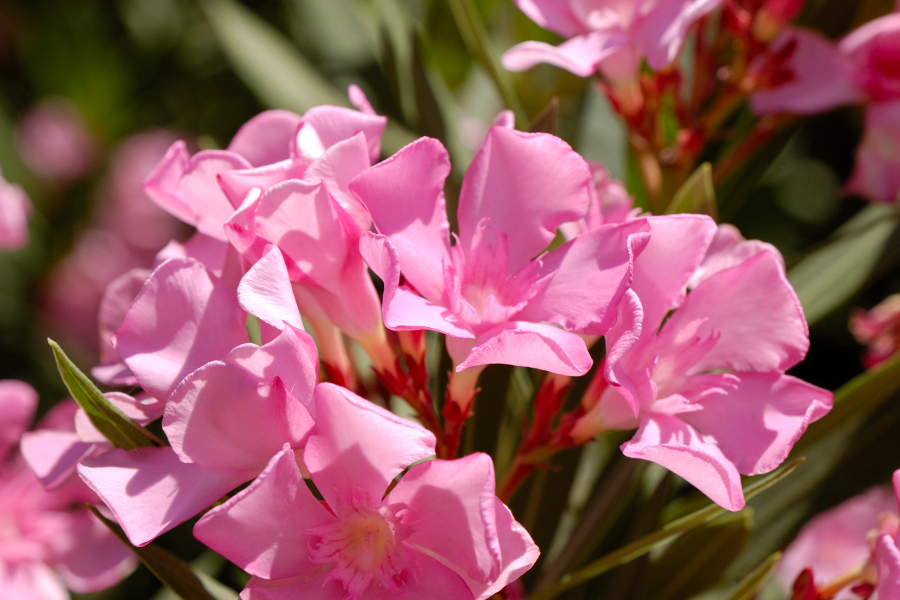Sweetest Day is celebrated on the third Saturday of October. The purpose of this day is to do something thoughtful for important people in your life and express yourself romantically to the ones you love. So, what kind gestures do you have planned for this year?
If you’re still looking for Sweetest Day gift ideas, we’ve got you covered.
Sweetest Day gifts for her
Sweetest Day is the perfect opportunity to show the important women in your life just how much you care. Whether you’re shopping for your girlfriend, wife, mom, or daughter, there are countless gift options to choose from, including flowers, sweet treats, and personalized gifts.
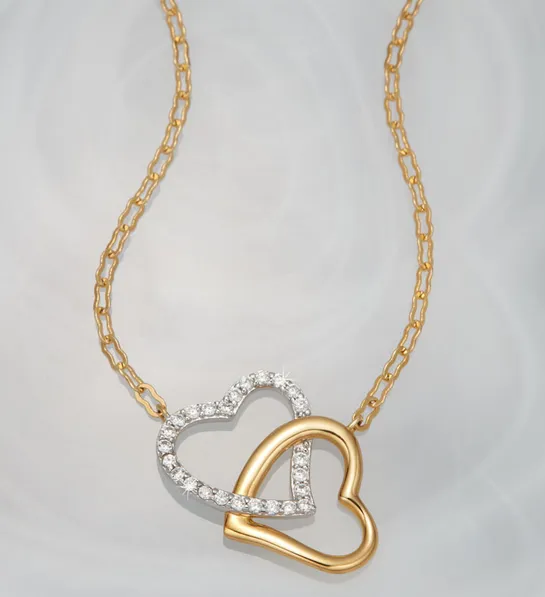
Sweetest Day gifts for girlfriends
Whether you’ve been dating for one week, one month, one year, or 10 years, you can never go wrong with a beautiful bouquet of roses. These flowers are recognized as a symbol of love, and we know that your lucky lady will swoon over a bouquet of roses, no matter the color. Red may be traditional, but pink and yellow are favorites, too!
In addition to roses, consider the following:
- Jewelry
- Chocolate covered strawberries…the perfect sweet treat for you two to share on Sweetest Day!
- A giant stuffed bear…because what girl doesn’t want a huge bear that she can cuddle?
Sweetest Day gifts for wives
Any special lady in your life, including your wife, would love to receive a bouquet of roses. However, those aren’t the only kinds of blooms that would make great gifts for Sweetest Day — tons of other arrangements are available too!
In addition to a bouquet of flowers, your wife might like:
- A candle set filled with intoxicating scents for your home
- A bath set featuring a robe, bath salts, and soap
- A set of personalized wine glasses
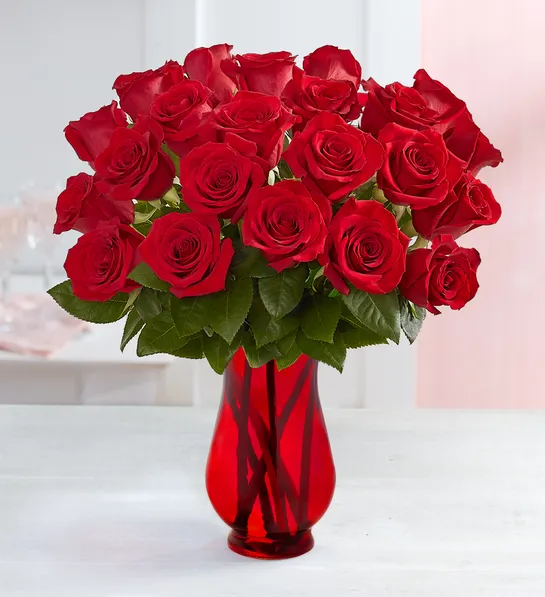

Sweetest Day gifts for moms
No matter how old we get, our moms will always be one of the most important people in our lives, so we should show them how much we appreciate them. If you’re shopping for a new mom, you can’t go wrong with one of these gift sets (mom AND baby will love it).
For all other moms, check these out:
- A personalized wine chiller
- A luxury spa basket, because all moms could use a little R&R
- A personalized pendant
Sweetest Day gifts for daughters
We love fall flowers, and the beautiful combination of colors in fall floral arrangements makes for the perfect addition to your daughter’s desk or nightstand.
Additionally, some gifts for daughters include:
- A personalized name necklace
- A “Relax and Nurture” tea gift basket
- A bear and rose plant gift set
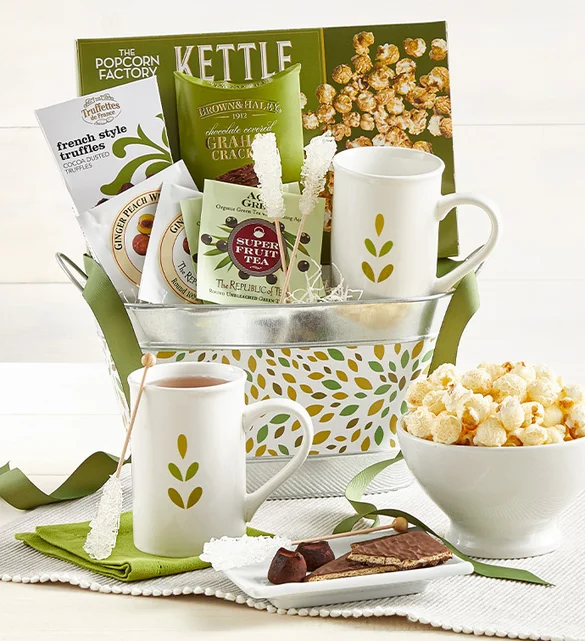
Sweetest Day gifts for him
From boyfriends and husbands to dads and sons, there are so many special men in our lives who deserve to be recognized on Sweetest Day. Whether he loves grilling, brewing beer, or playing sports, we have plenty of gift ideas to make his day even sweeter.

Sweetest Day gifts for boyfriends
Boyfriends can be difficult to shop for, but if you look hard enough, you can find plenty of awesome gift options for them. If you’ve got a special man in your life that loves to spend time outdoors barbecuing, this grill tools set will have him smiling from cheek to cheek.
Other ideas include:
- A personalized set of pint glasses
- A personalized gear bag for his tools
- Personalized golf balls
Sweetest Day gifts for husbands
We absolutely love these beer-making kits from Brooklyn BrewShop, and we think your husband will too! These kits come with all the supplies your husband will need to home brew a one-gallon batch of beer, and they come in four varieties: American pale ale, oatmeal stout, afternoon wheat, and everyday IPA.
Additionally, your husband might like:
- Personalized hunting and fishing gear
- A set of marinated steaks
- A personalized frame with a photo of your family…perfect for the sentimental type!


Sweetest Day gifts for dads
Some dads may say that as long as they have their family, they have it all — but a gift for Sweetest Day certainly wouldn’t hurt! Any dad who likes hosting would love one of these entertaining pieces.
Some other ideas include:
- A popcorn and snacks gift basket that they can dive into (especially perfect for football Sunday!)
- A grooming kit
- A craft beer flight set
Sweetest Day gifts for sons
Have a young one at home? If so, this embroidered mini sports bag is perfect for him and will certainly keep your little one busy for hours.
However, if your son is on the older side, we think he’d enjoy:
- A shot glass serving set (so long as it’s age appropriate, of course!)
- An on-the-go wine tool kit (also so long as it’s age appropriate!)
- Meat for the grill

